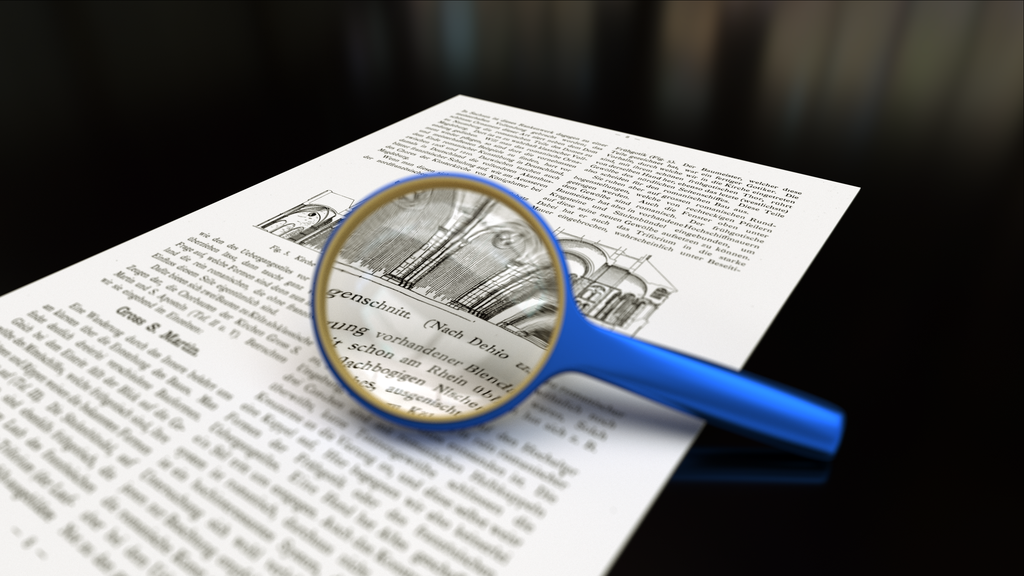At the turn of the 20th century, technological advancements such as the telegraph, railroad, and telephone were instrumental in bridging the vast distances across America, even as the nation continued its westward expansion.
After decades of industrialization, the USA was more wealthy than ever, and it was now the new world power on the block, having gained a naval victory against Spain. Albeit, there was a dark cloud on the horizon.
America’s towns and cities had grown tremendously—and understandably. But so did the crime rate. In these large urban centers, with all the ethnic tensions from different factions, tempers often flared, and the state had to devise a way to keep the crisis at bay.
Violent clashes between striking workers and their factory bosses had become the order of the day. But violence was just the tip of the criminal iceberg. Corruption, white-collar crimes, and other vices were rampant nationwide.
By 1908, the United States was ripe for a dedicated law enforcement agency to safeguard its interests. The Department of Justice (DOJ) often relied on private investigators or detectives from other federal agencies to handle federal crimes, highlighting the need for a more specialized approach.
This situation infuriated then-U.S. Attorney General Charles J. Bonaparte, who determined to create a force to help the DOJ investigate federal law violations. On July 26, 1908, Bonaparte made the office of the Chief Examiner and ordered 34 newly hired federal detectives to report to Stanley W. Finch, Chief Examiner under the Department of Justice.
The Office of the Chief Examiner was later renamed the Bureau of Investigation and subsequently the Federal Bureau of Investigation in 1935.

